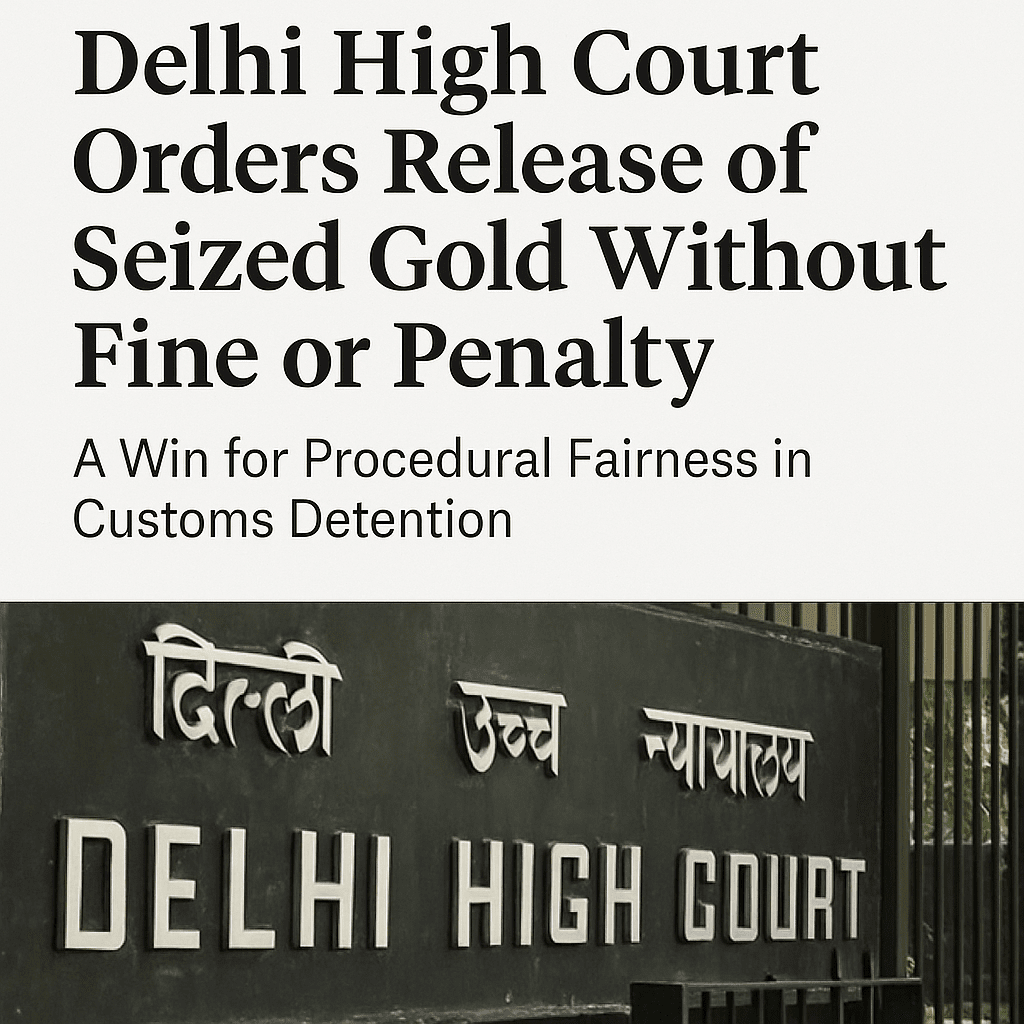MEDIA: EYES, EARS AND TONGUE OF DEMOCRACY
“Freedom of the press is not just important to democracy, it is democracy”- Walter Cronkite
Alex de Tocqueville was perhaps the first political thinker to bring into the forefront what was at that time a new and emerging phenomenon- the unfolding of the press and media as a powerful tool of democracy. Control of media over democracy and its subjects is a rather old and well-known idea. Democratic institution of India is considered to be the largest and the oldest in the world. Media, the fourth estate of the democratic regime of India, mirrors the conscience and perception of the society: reflecting the good and the bad. Media outlets have an enormous impact and influence over the political will and inclination of the subjects of democracy, thereby, swaying their support. Whilst media is the watchdog of potential abuse of power, it is steadily losing its respect and credibility, the most important tool of journalism. The ‘paid’ manufacturing of consent and mandate is taking over the ethical reporting and blatantly undermining Indian democracy.
Also Read: NEED FOR CRIMINALIZATION OF MARITAL RAPE IN INDIA Click here
Why has the Indian media sunk to such a sorry pass?
Media, since the origination of democratic institution in India, has played a transformative role vis-à-vis social, political, economic and financial reforms. The literature on the ‘interconnectedness’ among media, democracy and the Indian Constitution reflects a strong consensus that an independent and informed media are indispensable pillars of a State. The Constitution of India, the bible of Indian democracy, safeguards the interests of citizens through its ‘Magna Carta’ i.e. Part III laying down the fundamental rights and liberties.
The Indian constitution does not guarantee the freedom of press writ large, however, it does ensure the fundamental right to free speech and expression under Article 19(1)(a) as against the explicit freedom of press provided by the Constitution of the United States of America under the First Amendment. This very article opens the gateway of press revolution in India. Unfortunately, the revolution for information, transparency and accountability became disoriented and turned into a profit-hungry business of selective coverage overriding the constitutional values. The role of media as envisaged in the Constitution is to kid the government when it needs kidding and report the genuine events instead of doctored pieces sponsored by the political or corporate public relations department. The rot and distress accumulated over the last couple of years have quashed the foundation of democracy and almost replaced it with totalitarian democracy. With the blurring line between genuine news and sensational news, the media can make the people believe the most flagrant violations of reality. The freedom of media, according to the constitutional perspective, smashes the wall between the government and the people and rather builds a bridge to work on the quintessential developmental and social issues. But when the same medium misuses its freedom, it tends to establish tyranny over the minds and souls. The control of media over elections has complicated the democratic setup. Media which ought to be the voice of the people has become the voice of a few millionaires who have occupied the corners of newspapers and websites leading to the dilapidation of the grundnorm (Constitution) and national interest.
On the other hand, the increasing violence against the journalists who do not share the ‘nationalist’ feelings of the majority shows the deteriorating condition of the supposedly largest ‘democracy’ of the world. The killing of journalists in the line of duty establishes journalism as the most dangerous profession in the World as acknowledge by the United Nations back in 2011. India stands at 142nd position out of 180 countries in World Press Freedom Index as against 140th in 2019. However, with zero murders of journalists in 2019 as opposed to six in 2018, India has improved the security situation and violence against journalists.
Furthermore, to make the situation even worse, the use of fake and doctored news has gained momentum across the globe as a means to wobble the public conscience and abet street or mob justice. It seems like the fourth pillar of democracy is shaking in the process of sowing communal discord and hatred. The problem of fake news is complicated and therefore instead of censorships and bans, it needs a sophisticated and multi-dimensional action plan. In the race for breaking the news and exclusive reporting, media tends to ignore contextualization leading to misreporting and inaccuracy. To score the highest Television Rating Point (‘TRP’), the media has blurred the thin line between news and entertainment. What media and journalism need is responsible freedom and not regulated freedom. The solution to this chaos does not lie in endangering or curbing the free speech but in robust mechanism of fact-checking, increasing awareness, creating infrastructure to keep a check on media houses and their corporate and political lords. The invasion of common sense and perceptions of Indian masses by the so-called ‘Whatsapp University’ is proving deadly, literally and metaphorically. There is an urgent need to combat the misinformation on a war footing since it has not only claimed the lives of many but also shattered the diversity and unity of Indian brethren.
So, is media a part of the problem or is it a part of the solution? Is media responsible for the end of a healthy democracy or is it the means to reach healthy democracy? The answers to these problems lie nowhere but in the media itself which can reach out to people and spread awareness, educate them and help them make informed decisions. Recently, an independent association, ‘The Digital News Publishers Association’, was launched to keep a check on the spread of fake news. It had a Code of Conduct similar to that of Press Council of India (‘PCI’), News Broadcasters Association (‘NBA’) and News Broadcasting Standard Authority (‘NBSA’) for the online ecosystem since e-media especially the internet has become the leading source of fake news. Media and journalists need to move beyond personal, political and religious affiliations and report keeping in mind the complexities of Indian democratic regime. As the subjects of the largest democracy, the audience too needs to look behind the processes of events and read between the lines, a hurried snapshot would only worsen the situation.
“The media’s the most powerful entity on earth. They have the power to make the innocent guilty and to make the guilty innocent, and that’s power. Because they control the minds of the masses.” – Malcolm X
REFERENCES:
- World Press Freedom Day 2019 concept note
- GOVERNMENTAL THREATS FOR MEDIA FREEDOM: COMPARATIVE STUDY OF ASIAN COUNTRIES, Author(s): Naveen K. Mishra, Source: The Indian Journal of Political Science, Vol. 69, No. 1 (JAN. – MAR., 2008), pp. 149-156
- E-democracy, Author(s): Marianne Kneuer, Source: International Political Science Review / Revue Internationale de science politique, Vol. 37, No. 5, Measuring the Quality of Democracy (November 2016), pp. 666-678
Author View is personal
Author: Aastha Khanna, LL.B. candidate, Law Centre-1, Faculty of Law, University of Delhi (https://www.linkedin.com/in/aasthakhanna0204/)
Interested to publish an article at Our Legal World? Click Here to submit your article.
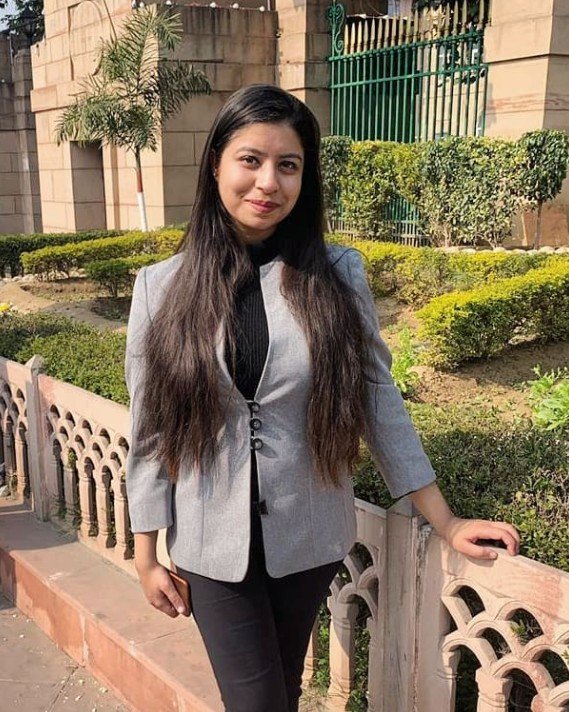
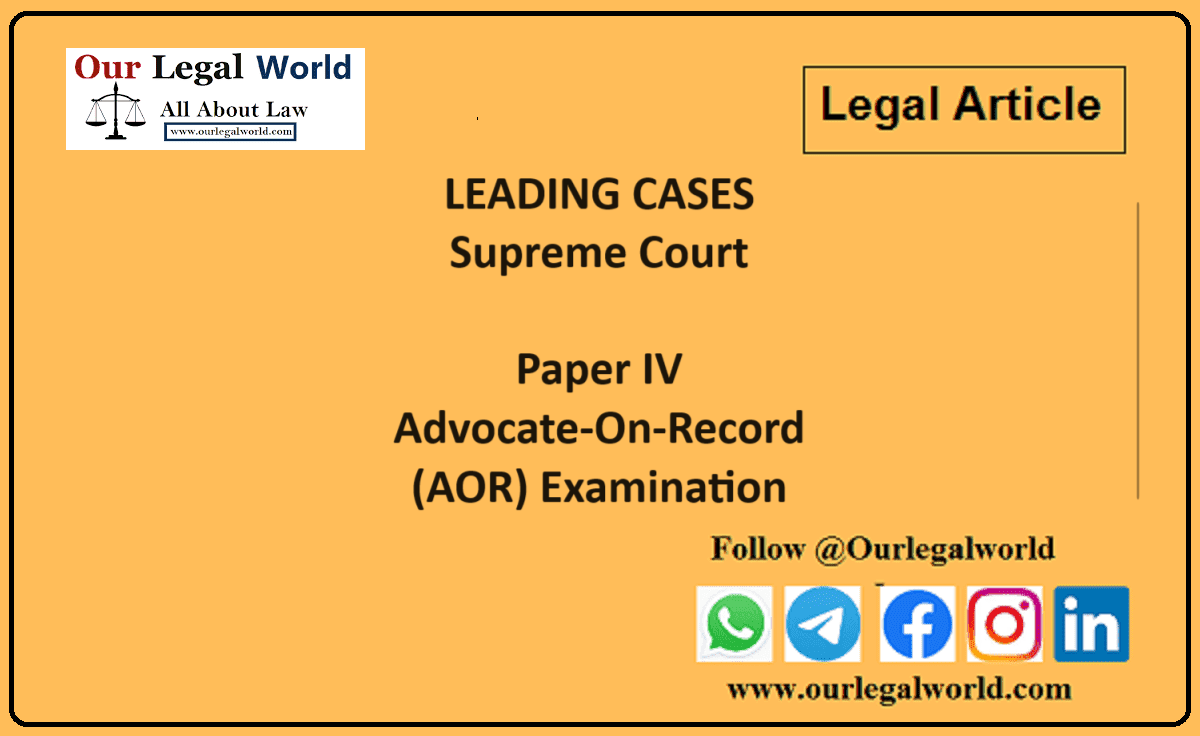
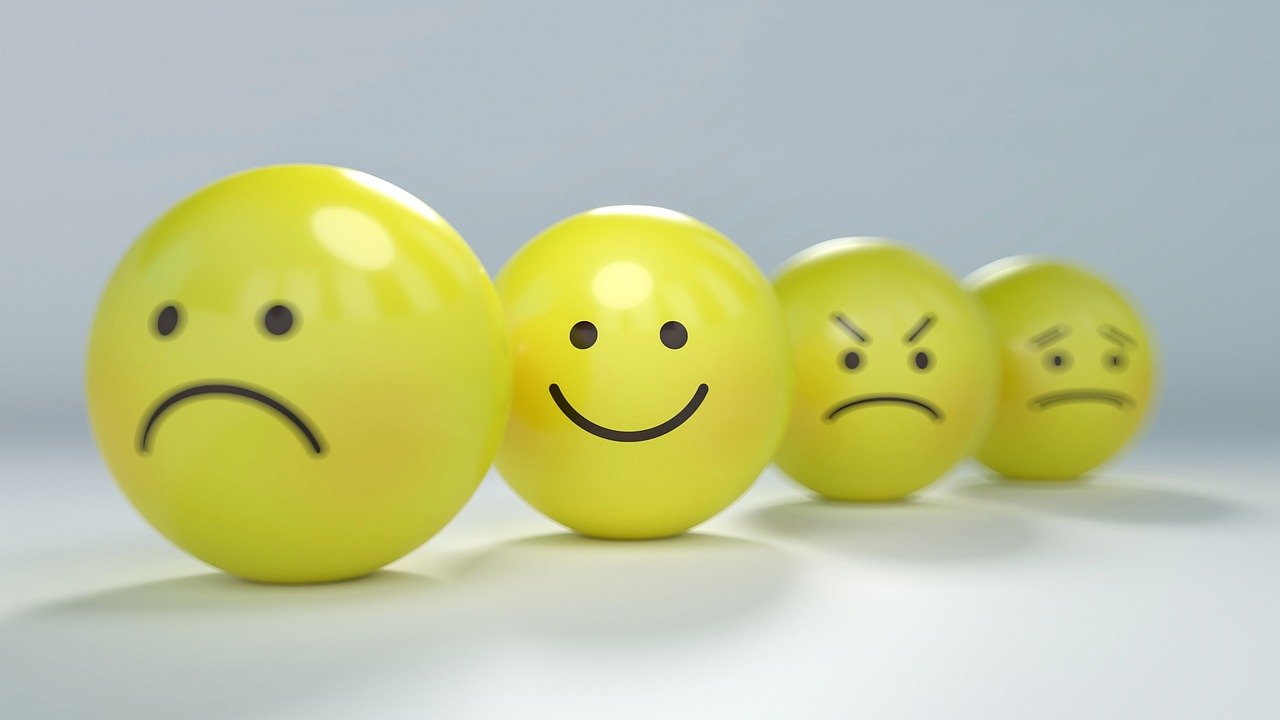

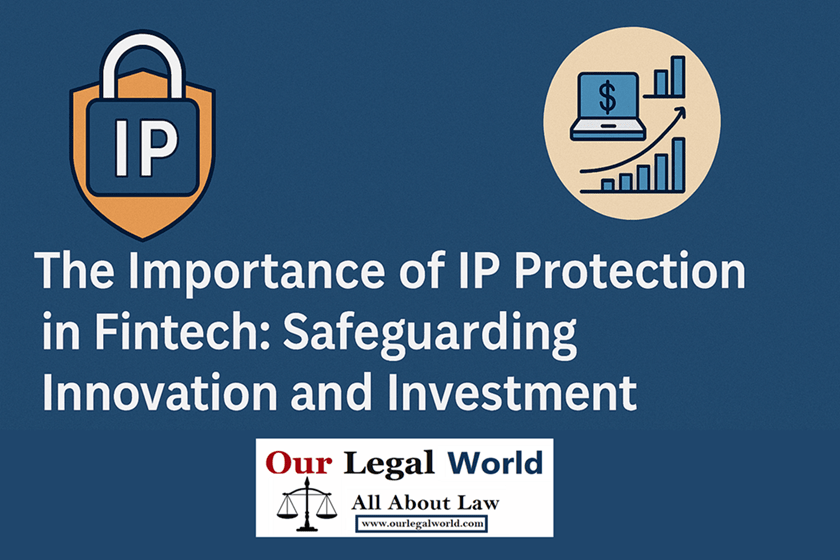
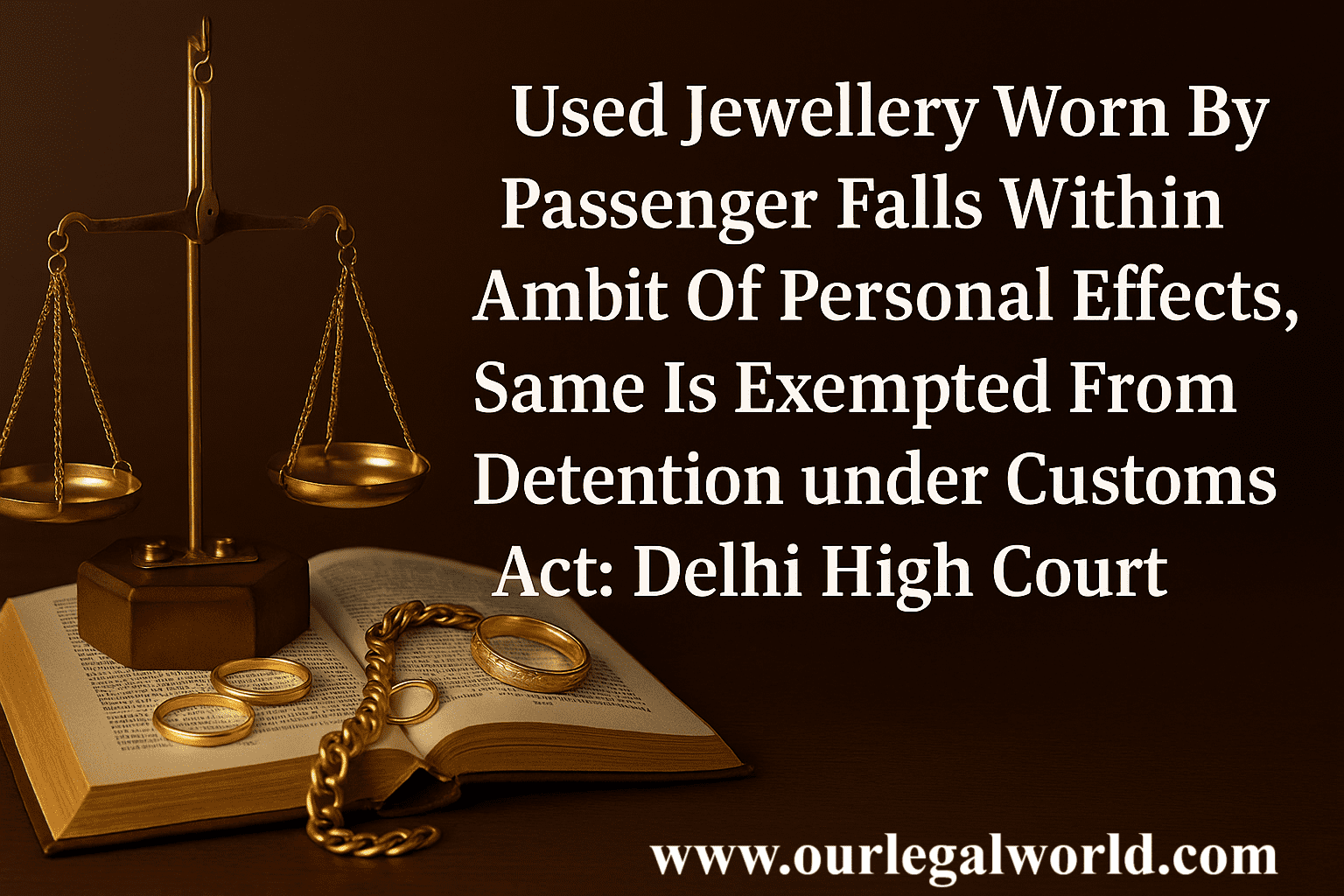
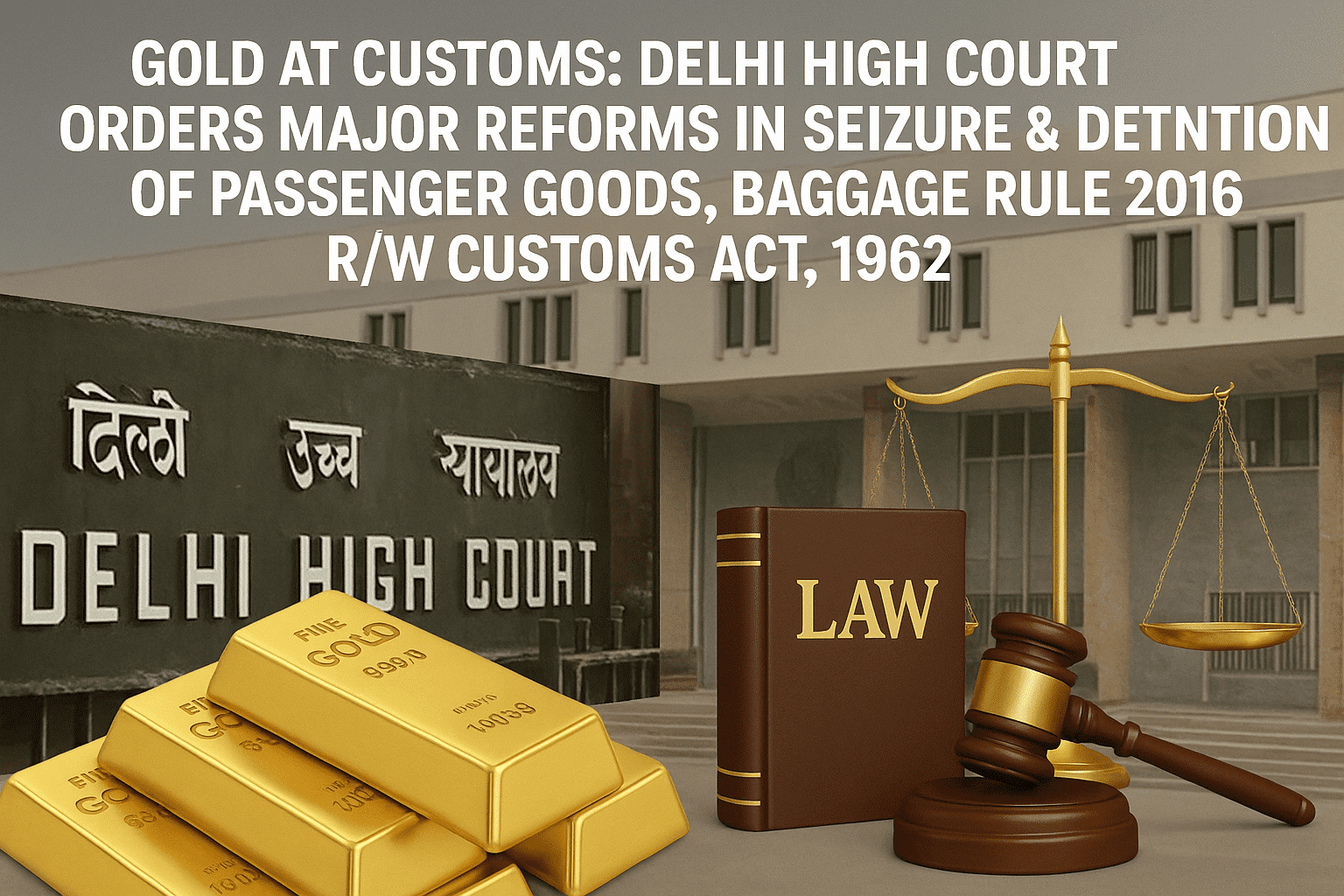

![Tax Law Internship at Legum Attorney [Chamber of Ashish Panday], Delhi : Apply by 15th May 2025](https://www.ourlegalworld.com/wp-content/uploads/2025/05/IMG_0113-min.png)
